The phenomenon of shipping containers being lost at sea is a significant concern within the maritime industry. These losses not only represent a financial setback for shipping companies but also pose environmental threats and navigational hazards. In light of the scale of global maritime trade, the number of containers traversing the oceans is staggering. Roughly 250 million containers are shipped annually, and despite the vast majority arriving safely, a fraction inevitably succumbs to the perils of the sea.
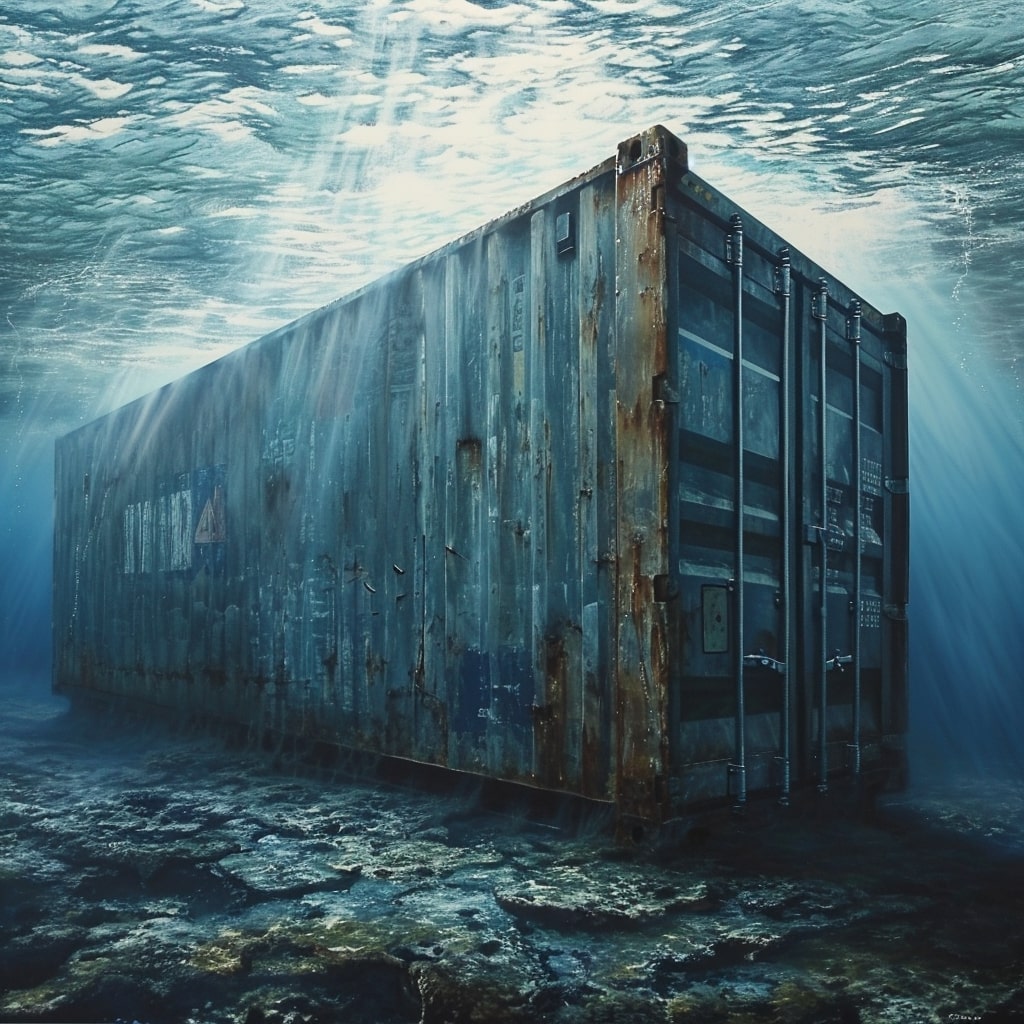
Over the years, the industry has seen fluctuations in the number of containers lost. While the figures can vary annually, recent surveys indicate that the incidence rate has decreased. In 2022, for instance, 661 containers were reported lost, which represents the lowest recorded figure since 2008. This improvement points to the effectiveness of enhanced safety measures and technological advancements in shipping operations.
Nevertheless, while the decrease in lost containers is encouraging, the realities of maritime risks remain. Shipping container losses are influenced by factors such as severe weather, structural failures, and human error. Each container lost at sea carries with it the potential for ecological impact and the disruption of supply chains, emphasizing the ongoing need for vigilance and continuous investment in safety practices within the industry.
Magnitude of Container Loss
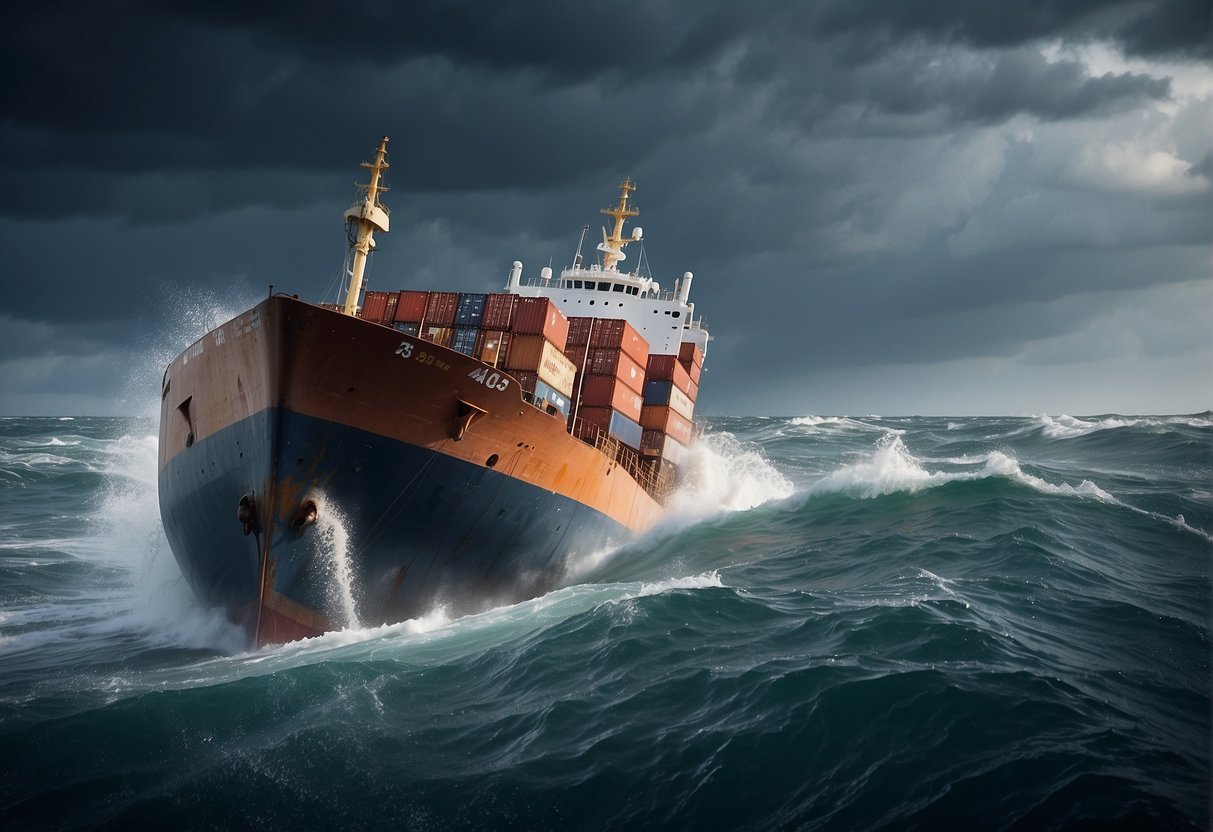
The shipping industry routinely encounters challenges that lead to the loss of containers at sea, underscoring the vulnerability of supply chain logistics. The data reflects not only on the efficiency and safety measures in place but also on the overall impact these losses have on global trade.
Annual Loss Statistics
According to the World Shipping Council, 661 containers were lost at sea in 2022, out of the 250 million transported. This figure is significant, as it details the number of incidents leading to lost cargo each year and acts as a performance metric for shipping companies.
Impact on Global Trade
Every container lost at sea represents a setback for the supply chain, potentially delaying goods and increasing costs for consumers and businesses alike. The loss of containers hampers trade efficiency and sometimes results in the loss of rare or critical goods.
Trends and Historical Data
The trend in container losses has seen fluctuations over the years. For instance, a notable incident in 2013 involved the MOL Comfort, which sank with 4,293 containers. However, the Containers Lost at Sea report indicates an encouraging sign of improvement, with 2022 marking the lowest percentage of container loss since the beginning of reporting in 2008.
Causes of Container Loss
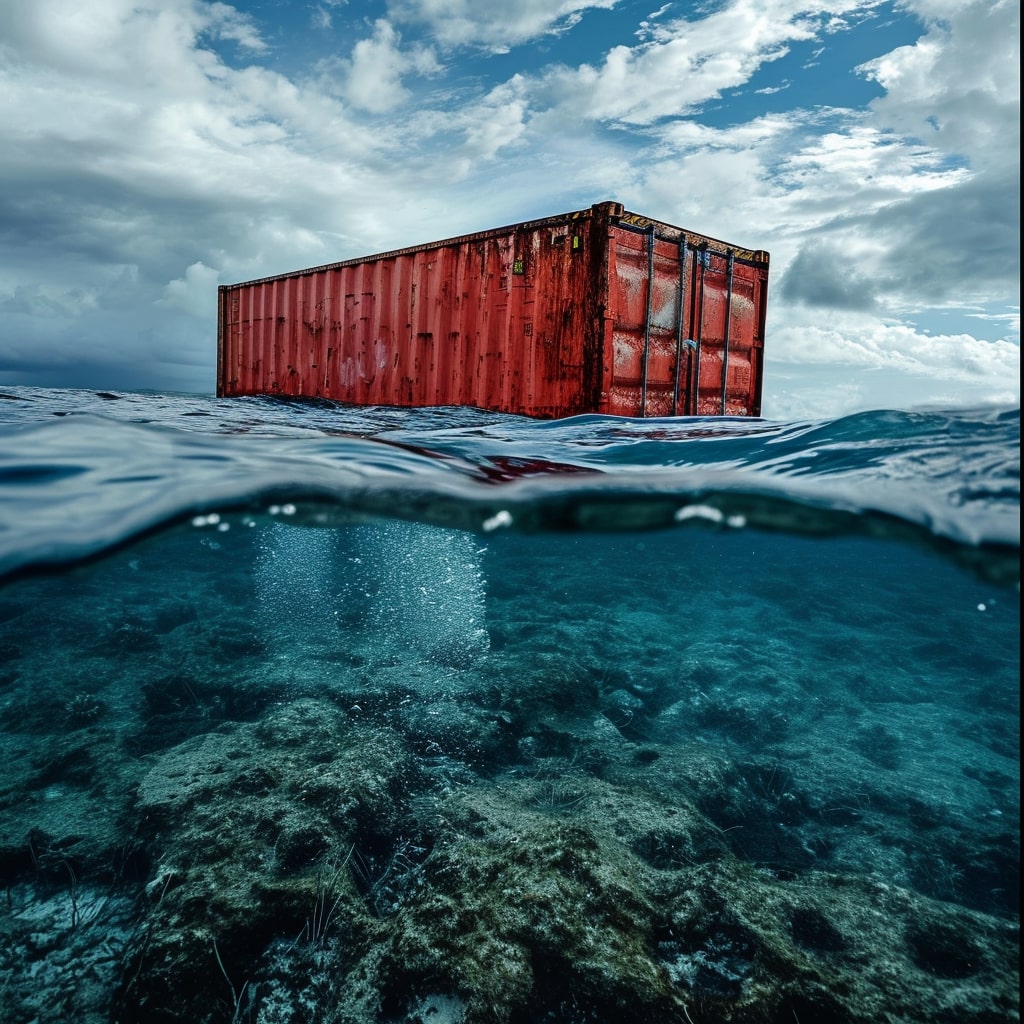
The loss of shipping containers at sea is a multifaceted issue influenced by environmental conditions, human factors, and equipment reliability. Examining these causes can highlight areas for improvement in maritime safety and loss prevention.
Environmental Factors
Weather plays a significant role in container losses at sea. The impact of extreme weather events such as storms and high winds can cause containers to be swept overboard. Shipping routes are strategically planned to minimize these risks, but sudden changes in weather can challenge even the most careful navigational safety protocols.
Human Error and Mishandling
Errors made by the crew can lead to container losses. Factors such as fatigue, improper container lashing due to shortcuts or oversight, and incorrect weight distribution can compromise the stability of the container stacks. Adequate training and adherence to safety guidelines are crucial in mitigating losses attributed to human error.
Structural and Equipment Failure
Containers can be lost due to structural and equipment failure. Damaged containers, worn securing equipment, or failure of the ship’s structural integrity during a journey can result in containers going overboard. Regular maintenance and rigorous equipment checks are essential preventive measures.
Consequences of Container Loss
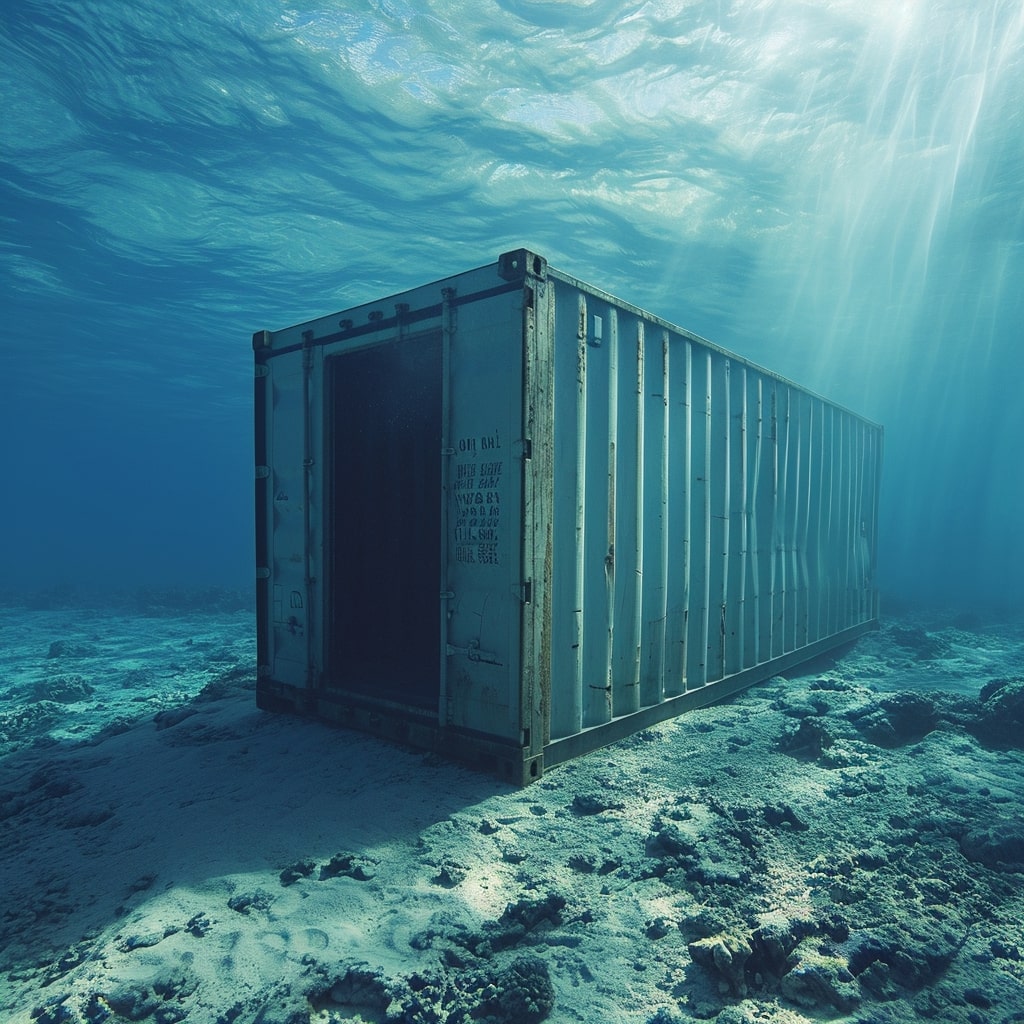
The loss of shipping containers at sea results in multifaceted repercussions, influencing economic structures, the marine environment, and the intricacies of global supply chains.
Economic Impact
Cargo Value: The immediate economic consequence of containers lost at sea is the direct monetary value of the cargo which is unrecoverable. Sea freight carries a diversity of merchandise, and the value of the lost goods can range dramatically, affecting the financial stability of companies involved.
Insurance and Recovery Costs: In addition to the cargo value, there are significant costs associated with insurance claims, potential salvage operations, and replacement of the lost containers. These losses and associated expenses can cause an upwards ripple effect on product prices and insurance premiums for the shipping industry.
Environmental Pollution
Release of Hazardous Materials: Containers occasionally hold hazardous chemicals that, when lost, may leak and contaminate ocean waters, posing serious threats to marine life. Pollution from such incidents disrupts ecosystems and affects biodiversity in the marine environment.
Debris Accumulation: Furthermore, as containers corrode, they contribute to ocean debris, adding to large patches of marine litter which have long-term ecological impacts. The materials and goods that escape from containers can spread across vast ocean expanses, complicating clean-up efforts and could remain as pollutants for decades.
Supply Chain Disruption
Delivery Delays: Particularly troubling for global trade is the delay of goods. Lost containers can lead to stock shortages, affecting retailers, suppliers, and ultimately consumers, who may face delays in receiving products.
Operational Repercussions: The shipping industry must accommodate for the lost containers by reshuffling cargo and reallocating resources to make up for the disruption. Although it is a small percentage, the loss of containers affects the reliability and efficiency of shipping lanes, potentially leading to broader implications in global logistics and trade routes.
Safety and Regulation
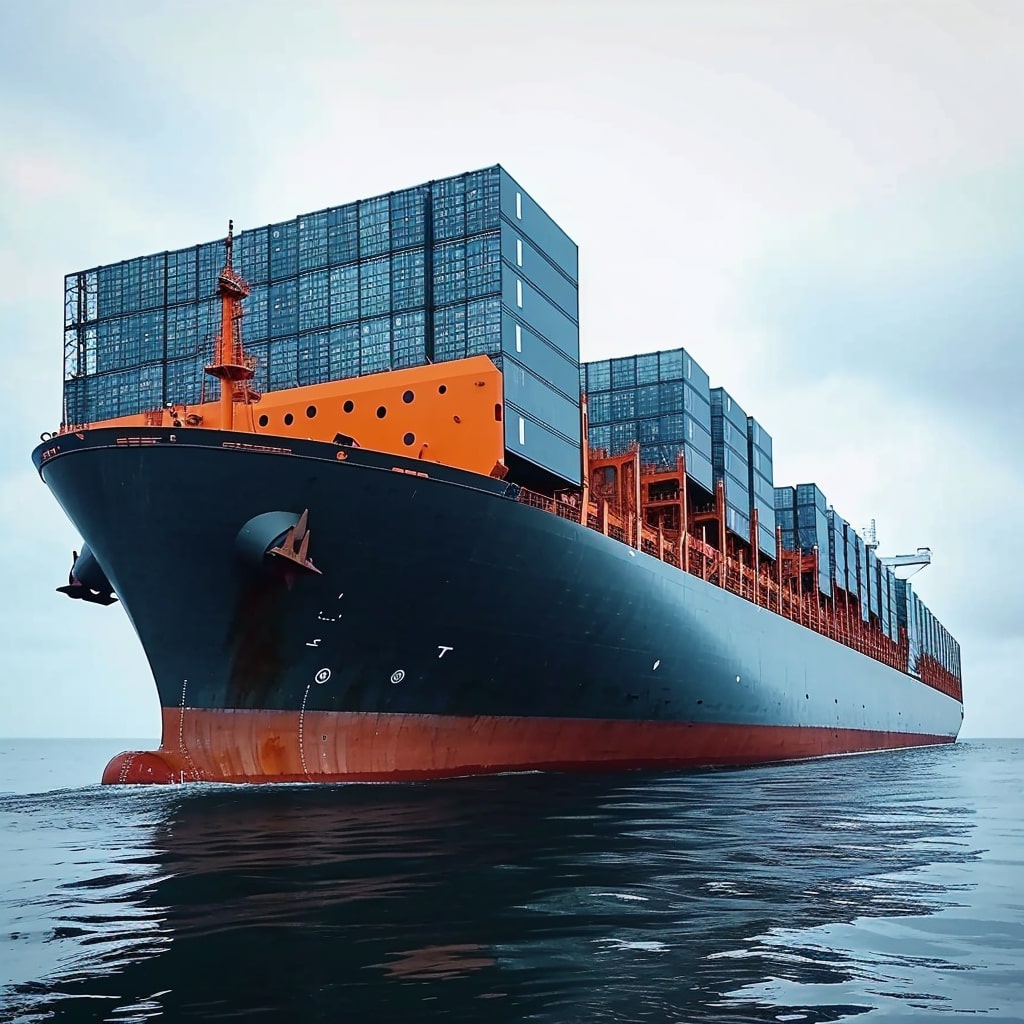
The maritime industry has seen a consistent drive to enhance the safety of cargo transportation and the minimization of containers lost at sea. This focus on improving safety standards and enforcing regulations is a collaborative effort among international entities and shipping organizations.
International Maritime Organization (IMO) Standards
The International Maritime Organization (IMO) is a specialized agency of the United Nations responsible for regulating shipping. The IMO’s oversight extends to the safety and security of shipping and the prevention of marine pollution by ships. To address container safety, the IMO has a set of standards and guidelines, which include the International Convention for the Safety of Life at Sea (SOLAS) and the International Convention for the Prevention of Pollution from Ships (MARPOL). The organization’s guidelines aim to ensure that all aspects of shipping, from the construction of vessels to their operation, adhere to rigorous safety protocols.
- SOLAS: Encompasses mandates on the proper declaration and stowage of cargo to enhance vessel stability and sea safety.
- MARPOL: Targets the reduction of marine pollution with strict controls on ship-generated waste, including that from lost containers.
Container Packing and Stowage Guidelines
The safety of containers at sea is closely tied to correct packing, stowage, and securing. Poorly packed or stowed containers pose a significant risk, not only to crew and vessel but also to the marine environment. The Code of Practice for Packing of Cargo Transport Units (CTU Code) provides comprehensive guidelines on the packing and securing of cargoes in containers.
The CTU Code is supported by various regulations and initiatives:
- Packing Guidelines: Clear instructions for shippers to properly pack and secure items within containers.
- Verification of Mass: Requirements for shippers to verify and document the gross mass of packed containers, preventing overloading.
- Inspections: Increased regulations for periodic inspections and the certification of container integrity to ensure that aging containers do not pose a risk.
In following these guidelines and regulations set by the IMO and reinforced by the industry’s own practices, the occurrence of containers lost at sea has witnessed a substantial decline. With the continued emphasis on compliance with the CTU Code and evolving standards, the trend toward safer and more secure maritime transport is expected to progress.
Preventive Measures and Best Practices
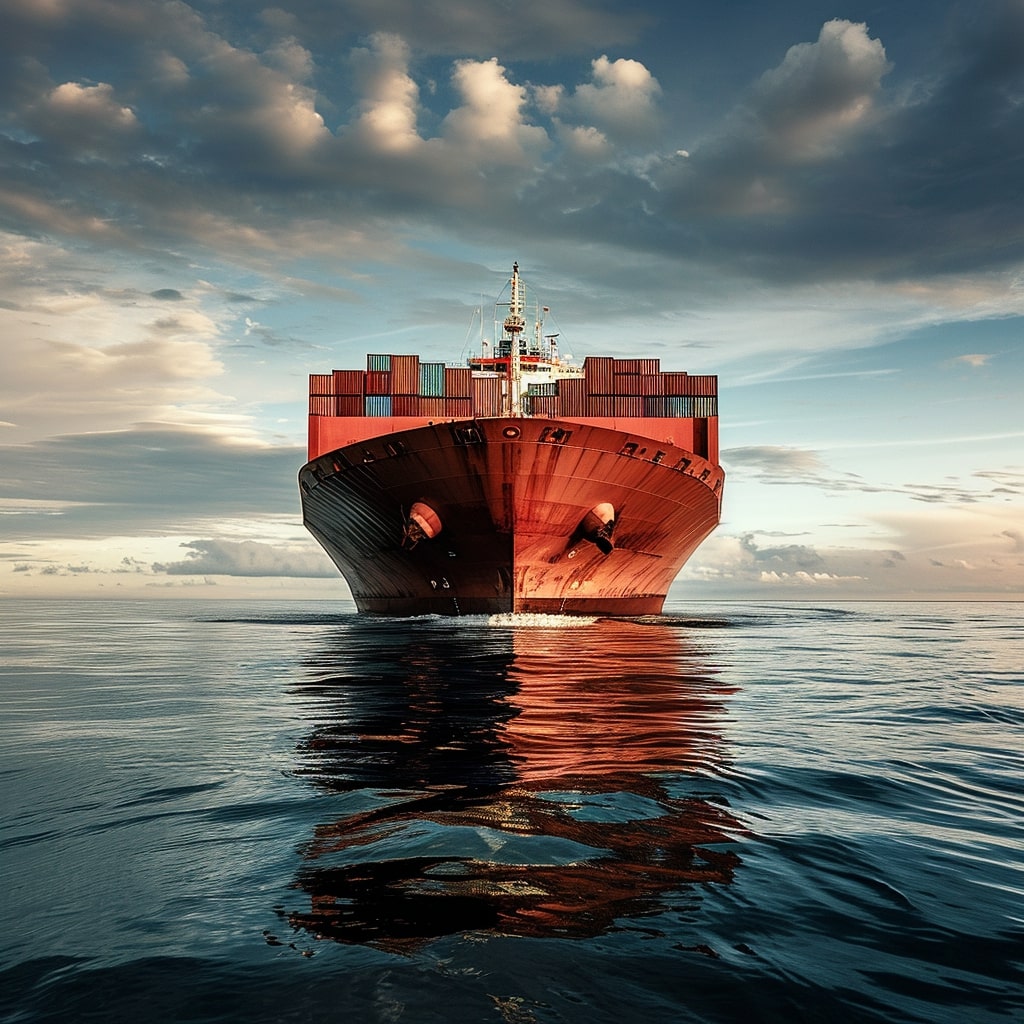
The reduction of containers lost at sea is a multifaceted issue addressed through industry initiatives, responsibilities of the carriers and crew, and stringent inspection and compliance measures. These efforts collectively aim to minimize the risks associated with sea-freight operations.
Shipping Industry Initiatives
The World Shipping Council (WSC) actively promotes safety measures, including the development of industry best practices for packing and securing containers. Enhanced lashing gear strength standards and container securing guidelines are under constant review to cope with the demands of modern shipping. Furthermore, investment in research for advanced technologies for container security plays a vital role in preventing losses at sea.
Carrier and Crew Responsibilities
Carriers and their crews are crucial in implementing safety standards. Rigorous training programs ensure that crews are proficient in the latest safety protocols. Additionally, carriers are encouraged to enforce strict adherence to the proper handling and stowage of containers, mitigating risks associated with rough sea conditions and handling errors.
Inspection and Compliance
A cornerstone in safeguarding the integrity of cargo during transit is the container inspection program. Regular checks, following intergovernmental standards such as those outlined by the International Maritime Organization (IMO), are critical. Compliance with these standards ensures that the equipment used in transporting containers meets the necessary safety criteria, reducing the likelihood of accidents and losses.
On top of that, the WSC emphasizes ongoing improvement through annual reviews of container losses, reinforcing that the industry is continually updating strategies to safeguard cargo and vessels.
Technological Advancements and Solutions
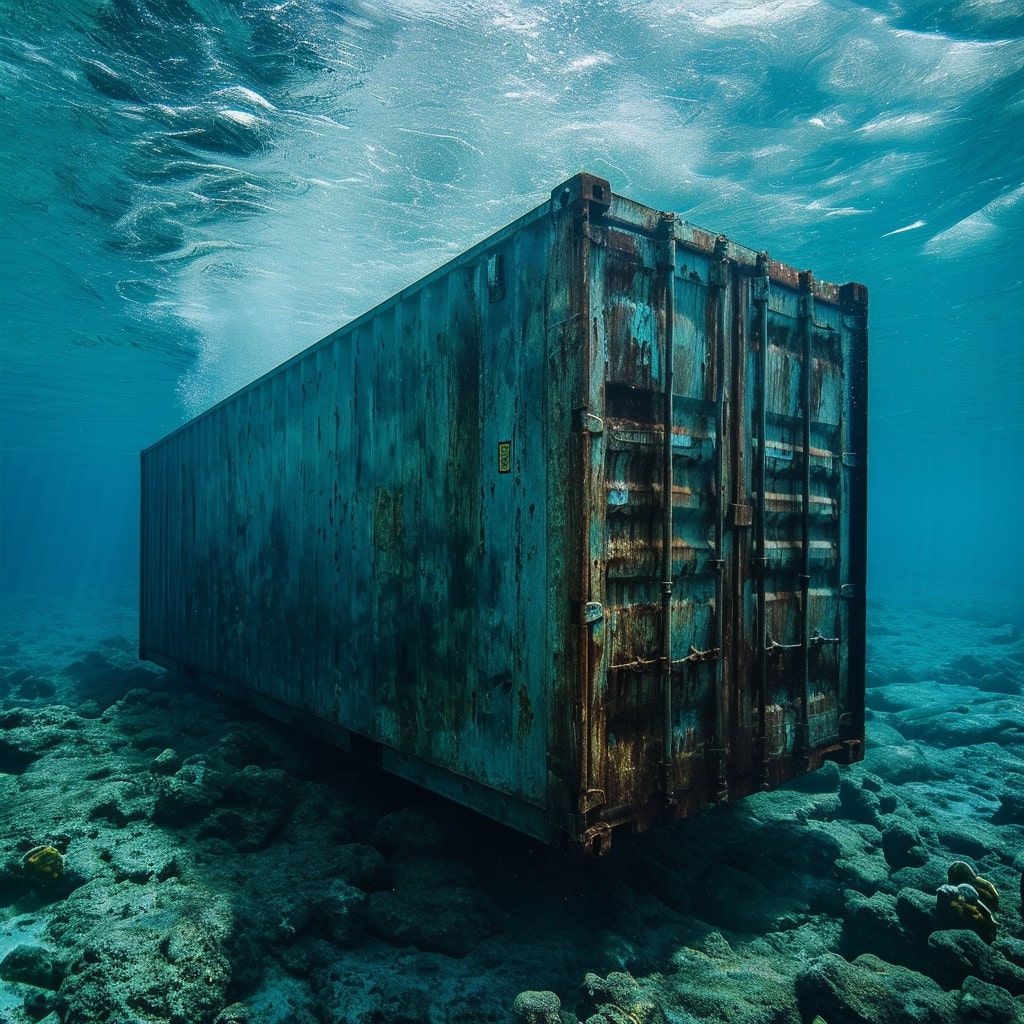
Technological improvements in the maritime industry have provided robust tools to enhance safety and efficiency in vessel operations and voyage planning. These advancements are instrumental in mitigating the loss of containers at sea.
Tracking and Monitoring Systems
Modern tracking and monitoring systems use advanced GPS and satellite communication technology to continuously track container vessels around the globe. These systems provide real-time data on location, speed, and heading, enabling immediate responses to any incidents that may occur. They are a crucial component of maritime safety, allowing for quick action in case containers go overboard. Such systems are integrated into the operations of maritime safety committees, ensuring constant oversight.
Stowage Optimization Techniques
Stowage optimization techniques involve the use of computer algorithms and software to precisely plan the loading of containers onto ships, which is critical for maintaining balance and stability during a voyage. These techniques ensure that the weight is distributed evenly, thereby reducing the risk of container loss due to ship listing or capsizing in heavy seas. By optimizing stowage plans, they contribute to overall maritime safety and enhance the efficiency of vessel operations.
Future Challenges and Opportunities
The increasing incidents of shipping containers lost at sea present both challenges and opportunities in the context of climate change adaptation and regulatory evolution. These two facets will greatly determine how the global shipping industry addresses container loss issues.
Climate Change Adaptation
Global shipping operations are bracing for significant changes as they adapt to the realities of climate change. With increasingly tumultuous weather patterns due to climate change, ocean carriers are under pressure to modify their courses and shipping practices. Stakeholders are exploring opportunities to design containers and ships that can withstand harsher sea conditions. Furthermore, advancements in tracking technology are being integrated to monitor container vessels in real-time, reducing the risk of losses during extreme weather events.
Regulatory Evolution
Regulatory efforts play a crucial role in both mitigating container losses and managing their aftermath. With international regulatory efforts such as the International Convention for the Safety of Life at Sea (SOLAS), stakeholders are expected to adopt enhanced safety practices. One of the primary challenges is harmonizing the diverse regulations across different jurisdictions, which sometimes complicate compliance for global shipping companies. However, the unified goal remains to strengthen these regulations to prevent container losses, ensure maritime safety, and protect the marine environment.
